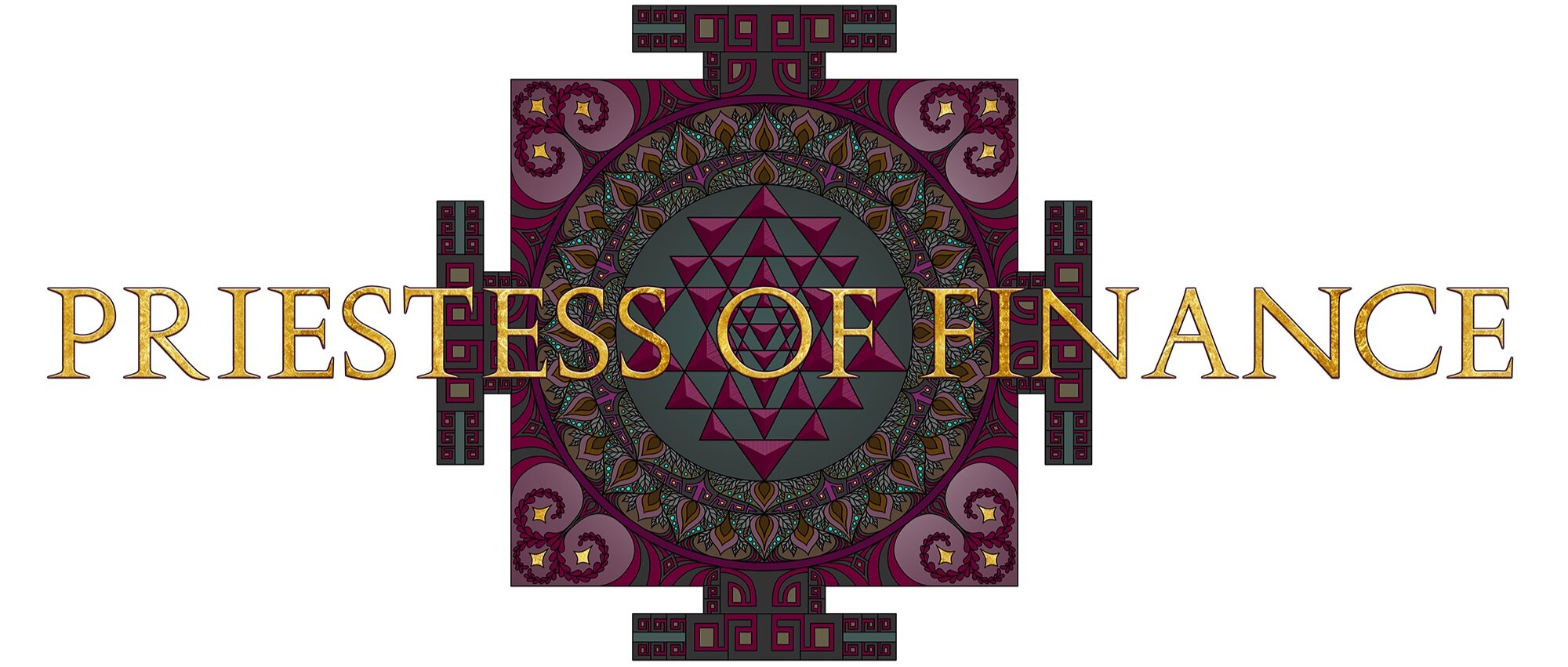Your Financial Psychology Could Be Costing You Money
Have you ever noticed how your bank account balance seems to mysteriously return to the same number, over and over again..?!
That number could be $500, $500, $5,000, $50,000, 0, or even negative.
And have you noticed that your debt balance hovers around the same amount – which may or may not be getting paid off each month?
Today’s blog post is all about the power of financial set points.
A financial set point is a set point that your subconscious mind decides it’s comfortable with.
No matter what financial decisions we make in the outer world, or how much income we generate, until we address what’s in the subconscious mind — we keep landing on the same financial numbers.
If you haven’t paid attention to this before, this is the right time to do so.
Why? Because we’ve just had a rate hike in the economy.
Which means that debt is getting more expensive as interest rates are rising again.
Credit cards are tied to interest rates and can fluctuate with prime if they're an adjustable rate. They can also fluctuate if you make a late payment, go over your credit limit, or a host of other reasons (that's for another blog post altogether).
A good interest rate is 14%, and with stellar credit could be as low as 10%.
Be on the lookout for a future blog post on credit score tips, and for now, know there are many factors that affect the rates you pay.
Sometimes, our checking and savings accounts can make interest, but these days it's rarer and rarer to find interest-bearing checking accounts.
With interest going up, the positive side is that we could be making more money in our savings accounts or other types of accounts that are interest-bearing.
So with this understanding of the current economy, let’s talk about your financial set point and what you can do about it.
(And if you haven’t read my take on the Bear Market, read my latest blog article.)
Our financial set points are chosen by the subconscious mind — which wants to stay within the realm of what’s familiar and feels safe, as a protection mechanism.
It doesn’t mean that what it chooses is actually safe though!
Our subconscious mind is like a little child, because it was developed when we were a child.
And… the subconscious mind always wins!
So, for example, if your subconscious mind is only comfortable with a financial set point of $500 in your bank account, no matter how hard you try to increase your bank account balance, with your willpower and efforts... unless you’ve done some work on rewiring your psychological set points and you’re implementing money management practices, you’re probably going to continue to hover around that set point.
The subconscious mind works on autopilot.
And it does many amazing things for us — it beats our heart and moves blood through our body. It helps us drive a car with ease or sustain habits like exercise or meditation.
Once the subconscious mind knows what to do, it goes on autopilot. We no longer have to consciously think about those tasks.
The downside is that, when we were small children, we were very impressionable, and deeply influenced by the world around us.
Our financial set points were inherited, and they’re not necessarily in alignment with who we are, our potential, and what’s truly possible for us.
Personal development and evolution can naturally increase these set points.
For example, in our thirties and forties, we become more comfortable with a higher bank account balance than in our twenties.
So for most people, these set points increase as we mature — and it's a slow, gradual process.
But what if I told you that there is a powerful methodology that can really help a person be less comfortable with debt? And more comfortable with higher checking, savings, and asset balances?
This is a process I call ‘The Threshold Principle.’
I help clients assess their financial set points (or thresholds) — what they’re comfortable with debt-wise, and in their bank account.
Then, together, we work towards very specific targets designed to override the psychological imprints they’re currently carrying in the subconscious mind.
I’ll give you an example.
I was working with a client, and she felt challenged by what her bank account was reflecting. We talked about setting a new threshold together.
When it comes to your bank account, a new threshold is a minimum amount in your checking account that becomes your new zero.
This new zero can be any amount that you set for yourself that gives you the feeling of having an abundance of cushion in your checking account.
So I asked my client what she thought the number should be — and I already had a number in mind for her, $10,000.
Surprisingly, she responded “$300”!
I was shocked, because of who I know her to be, and the level of abundance she operates with.
We worked through this number together, and eventually settled for $5,000 as her new zero — the amount she would be working towards building, and never going below in the future.
And so, this is just a demonstration of the difference between what our subconscious sets for us, and what we can consciously set for ourselves.
Once we become conscious of our money thresholds, we can work towards making a shift.
And when we consciously choose a new set point, it has the power to create new levels of financial security and abundance.
The first step is to clarify what you believe your financial set points currently are.
From there, you’ll need to start working towards new numbers — with habits, intentions, and financial goals that help you override the subconscious mind.
If you’re interested in a total operating system overhaul, then schedule your complimentary discovery session today.
I have a new option for those of you who haven’t been able to invest fully in my initial 3-month Financial Coaching package.
I’m now offering Eureka Sessions, which are shorter sessions that bring Eureka moments and help you get on the right track with your finances.


